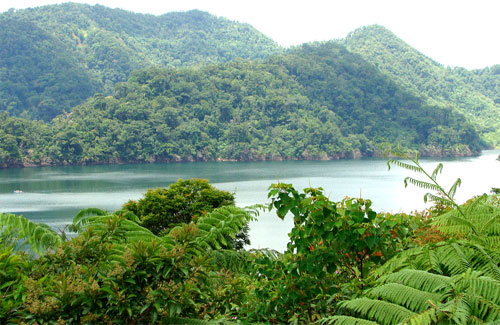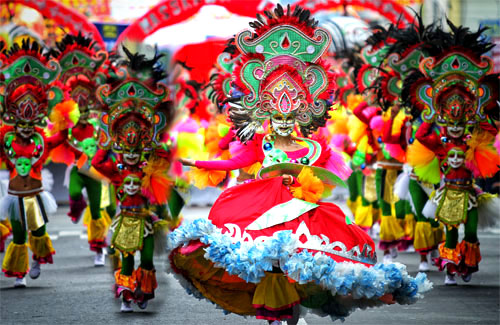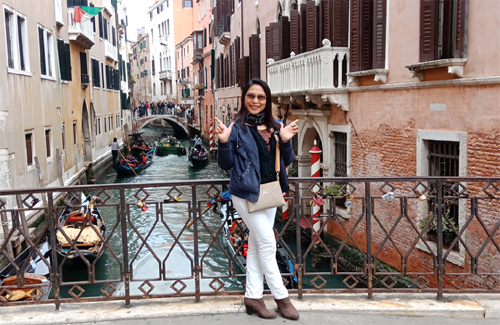Negros Travel Guide and Itinerary – Negros has a lot of tourist attractions. In the city of Silay alone, there are 30 ancestral houses, amongst the most notable is the Balay Negrense. Festivals are also a major tourist attraction in Negros. Among the most notable is the Masskara Festival in the city of Bacolod, which is celebrated during the third week of October, as well as Buglasan Festival in the city of Dumaguete, also held in October. Museums showcase the culture, history and people of Negros, with one example being the Negros Museum, situated behind the Negros Occidental Provincial Capitol Complex. Murcia and Salvador Benedicto offer experiences in inland Negros Occidental, the former being known for its Mambukal Resort, while the latter serves as the “Summer Capital of Negros Occidental”. Kanlaon Volcano, as well as many other neighbouring peaks, are popular amongst mountain climbers and hikers visiting Negros. The town of Pulupandan, situated in the western tip of Negros, is becoming popular to bird-watching enthusiasts. thanks to its new bird-watching sanctuary.
Negros /ˈneɪɡrɒs/ is the fourth largest and third most populous island in the Philippines, with a total land area of 13,309 km2 (5,139 sq mi). Negros is one of the many islands of the Visayas, in the central part of the country. The predominant inhabitants of the island region are mainly called Negrenses (locally Negrosanons). As of 2020 census, the total population of Negros is 4,656,945 people.
From May 29, 2015 to August 9, 2017, the whole island was governed as an administrative region officially named the Negros Island Region, which comprised the highly urbanized city of Bacolod and the provinces of Negros Occidental and Negros Oriental, along with its corresponding outlying islands and islets within a total regional area of 13,350.74 km2 (5,154.75 sq mi). It was created on May 29, 2015 by virtue of Executive Order No. 183 issued by Benigno Aquino III, who was the president at that time. On August 9, 2017, President Rodrigo Duterte signed the Executive Order No. 38 dissolving the Negros Island Region.
Negros was originally called Buglas, an old Hiligaynon word thought to mean “cut off”, as it is believed that the island was separated from a larger landmass by rising waters during the last ice age. Among its earliest inhabitants were the dark-skinned Ati people, one of several aboriginal Negrito ethnic groups dispersed throughout Southeast Asia that possesses a unique culture. Negros Travel Guide and Itinerary. Negro



